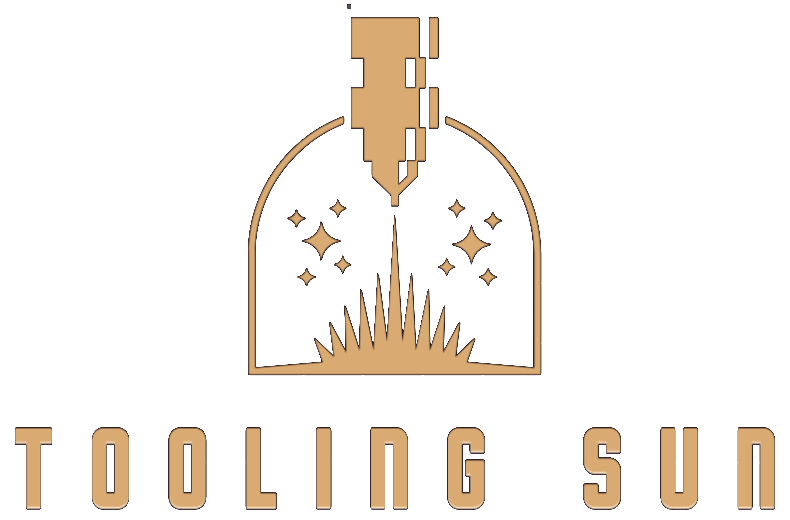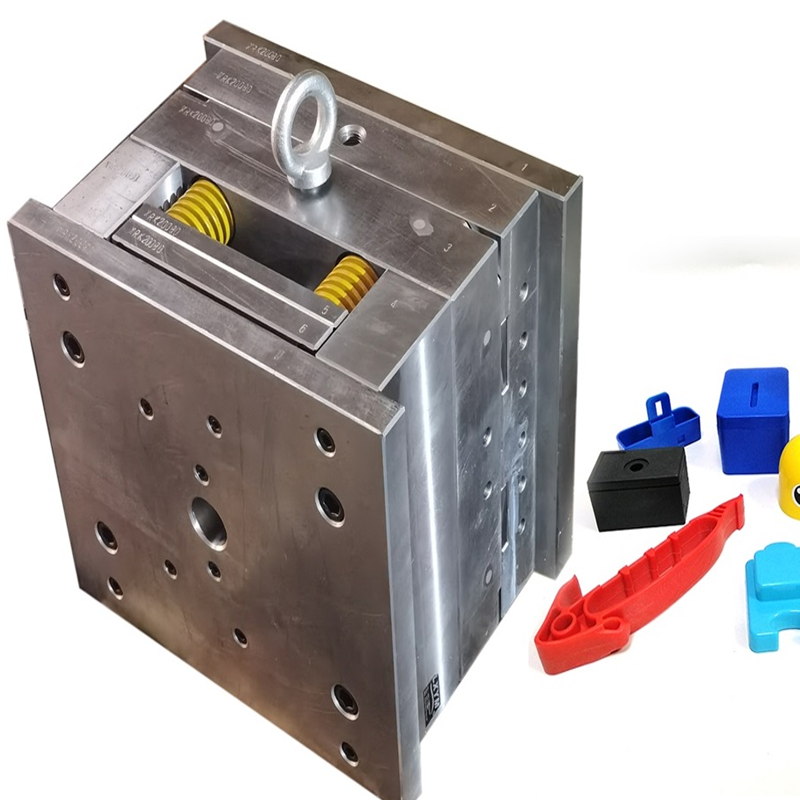In today’s fast-paced manufacturing landscape, the need for speed, efficiency, and cost-effectiveness is greater than ever. Rapid tooling is revolutionizing production cycles, offering a fast-track solution to manufacturing challenges. At Toolingsun, we specialize in providing cutting-edge rapid tooling services that empower businesses to accelerate production timelines and reduce costs. In this article, we’ll delve into the concept of rapid tooling, its process, the various types of tooling methods, and the distinct advantages that make it an essential tool for manufacturers.
What is Rapid Tooling in Manufacturing?
Rapid tooling refers to the use of advanced techniques and technologies to expedite the creation of tooling, prototypes, and parts for manufacturing processes. By employing rapid prototyping, additive manufacturing, and computer-aided design (CAD), rapid tooling enables businesses to produce parts faster and more cost-effectively. Unlike traditional tooling, which may take weeks or even months to complete, rapid tooling can significantly reduce lead times, offering an agile solution for low-volume and high-mix production runs.
In manufacturing, rapid tooling is crucial for industries that require fast turnarounds, such as automotive, aerospace, medical devices, and consumer electronics. Whether you’re building prototypes, testing product designs, or even preparing for small production runs, rapid tooling allows for the quick creation of functional parts, saving valuable time and money.
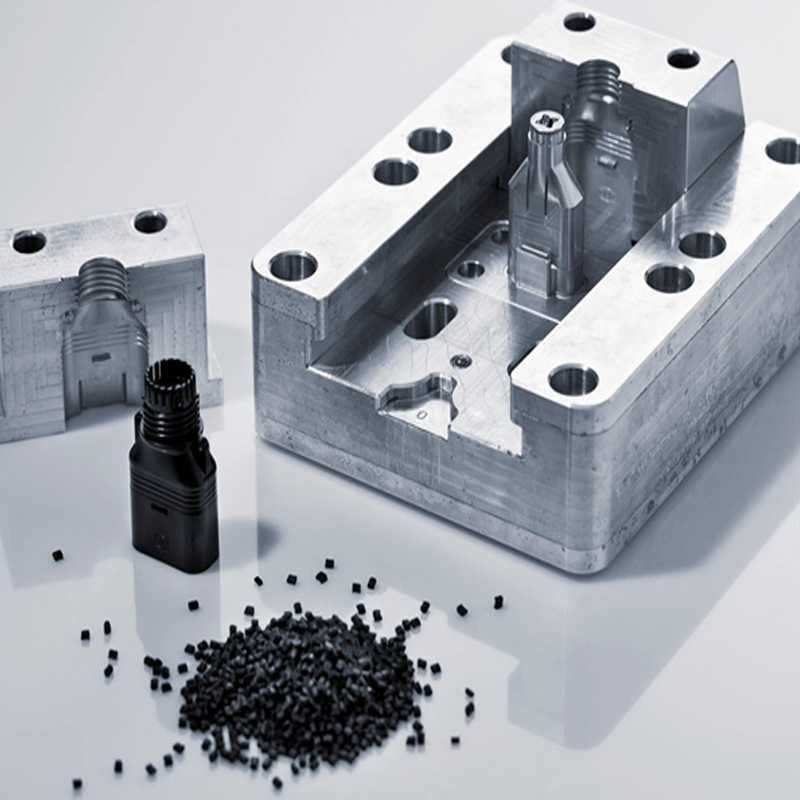
Why Rapid Tooling is Essential for Modern Manufacturing
For companies looking to stay ahead in the competitive market, rapid tooling is no longer a luxury but a necessity. At Toolingsun, we understand that time-to-market can make or break a product’s success. By reducing the time required to develop tooling and prototypes, manufacturers can meet deadlines, avoid costly delays, and introduce products faster than their competitors.
Additionally, rapid tooling is integral for minimizing material waste and improving production efficiency. By quickly testing and iterating designs, manufacturers can ensure that only the most refined and cost-effective prototypes make it to production. This approach not only accelerates product development but also enhances the overall quality of the finished goods.
The Process of Rapid Tooling
The process of rapid tooling typically begins with a digital model created using CAD software. This digital representation of the part is then translated into a physical prototype through rapid prototyping techniques such as 3D printing, laser sintering, or CNC machining. Once the prototype is validated, the tooling is refined and prepared for small-scale production runs.
The main stages involved in rapid tooling include:
- Design and CAD Modeling: Using CAD software, engineers create a detailed digital model of the product or component.
- Prototype Production: A rapid prototyping method, like 3D printing or CNC machining, is employed to produce a physical prototype.
- Tooling Creation: After prototype validation, the necessary tooling (e.g., molds, dies, or fixtures) is fabricated using fast and cost-effective methods.
- Small Batch Production: The final tooling is used for small production runs or test batches to evaluate the design’s performance before full-scale manufacturing.
At Toolingsun, we specialize in each of these stages, ensuring that your project progresses smoothly and meets the highest standards of quality.
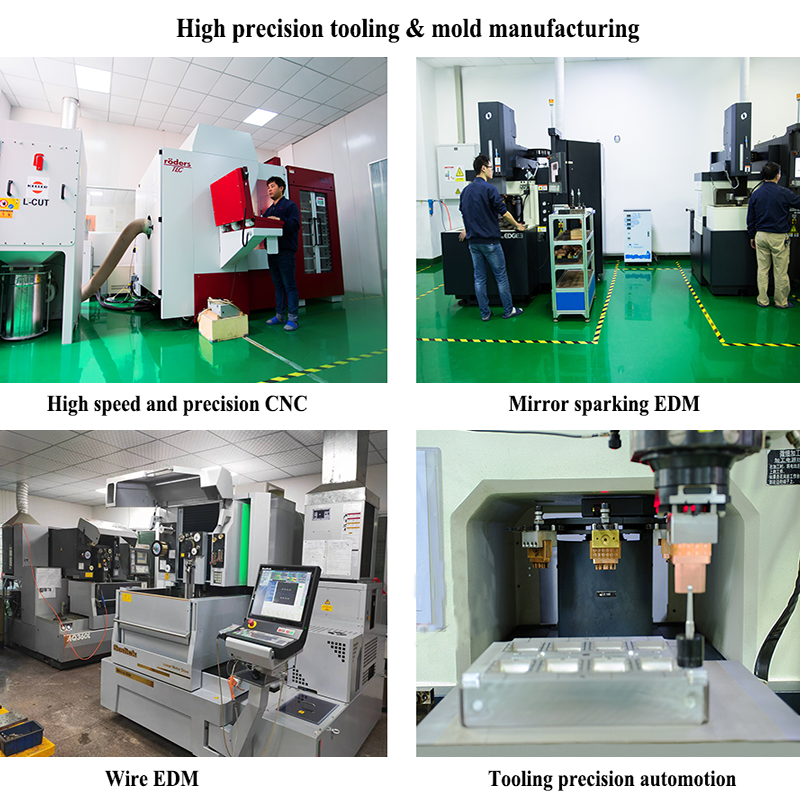
Types of Rapid Tooling Methods
Various methods can be employed within the realm of rapid tooling, each with its own set of advantages depending on the project requirements. Some of the most common types include:
- Additive Manufacturing (3D Printing): This method builds parts layer by layer from digital files. It is ideal for creating intricate prototypes and small runs of complex parts.
- CNC Machining: CNC (Computer Numerical Control) machining utilizes computer-guided tools to create precise parts from a variety of materials. It is commonly used for creating molds, dies, and functional prototypes.
- Injection Mold Tooling: Rapid tooling for injection molding allows manufacturers to produce small batches of plastic parts using a mold made of softer metals like aluminum. This method is faster and less expensive than traditional mold tooling.
- Metal Casting: Rapid tooling for metal casting involves creating molds quickly to produce metal parts in smaller quantities, perfect for testing designs or producing custom components.
- Vacuum Casting: This method is used to make silicone molds from a master model and is ideal for producing parts from flexible materials like rubber or low-cost plastics.
Each of these methods can be customized based on the needs of the project, whether you’re working with metals, plastics, or composites.
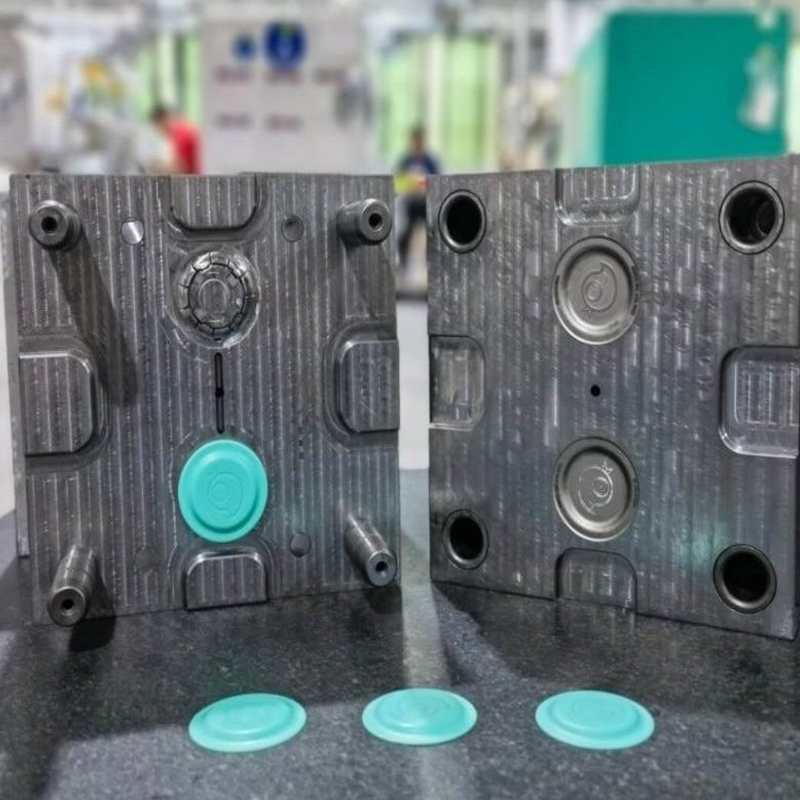
Key Advantages of Rapid Tooling
There are numerous reasons why rapid tooling is a game-changer in manufacturing. Some of the key advantages include:
- Faster Time-to-Market: Rapid tooling dramatically shortens the development cycle, allowing products to reach the market much faster than traditional methods. This advantage is critical in industries with fast-moving trends and constant demand for innovation.
- Cost Efficiency: By reducing the time and materials needed to produce tooling, manufacturers can significantly lower production costs. Rapid tooling allows for the creation of functional prototypes at a fraction of the cost of traditional methods.
- Enhanced Design Flexibility: Rapid tooling allows for quick iterations of designs. Designers can test multiple iterations of a product or component before settling on the final version, resulting in a better product at the end of the process.
- Reduced Waste: Because rapid tooling involves prototyping and testing before full production, manufacturers can avoid the waste of materials and time associated with flawed designs.
- High-Quality Components: With precision and advanced technologies, rapid tooling produces parts that meet high-quality standards, ensuring durability, functionality, and consistency in every batch.
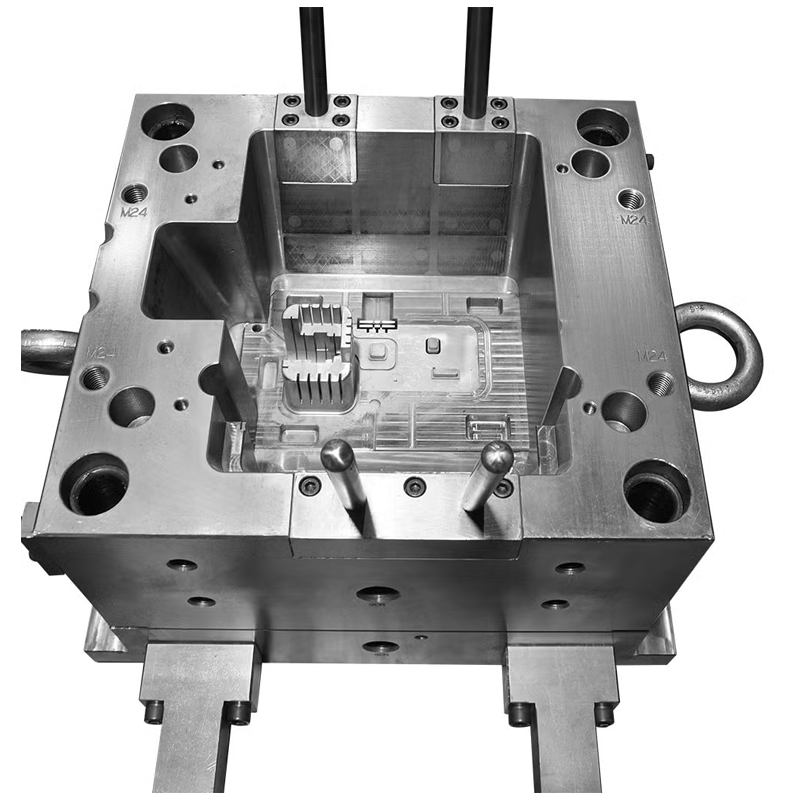
Direct vs. Indirect Tooling
There are two main types of rapid tooling processes: direct tooling and indirect tooling. The distinction between these methods lies in how the tooling is fabricated and the materials used.
- Direct Toolinginvolves creating the final tool directly from the prototype without the need for additional processes. This method is used for simpler designs and smaller production volumes.
- Indirect Tooling, on the other hand, involves creating an intermediate tool or mold that will eventually be used to produce the final tool. This approach is typically used for more complex designs or when a higher degree of accuracy is required.
At Toolingsun, we have expertise in both direct and indirect tooling methods, ensuring that we can meet your specific manufacturing needs.
The Role of Rapid Tooling in Cost-Effective Production
Rapid tooling offers a cost-effective solution for manufacturers by reducing overhead costs, speeding up development, and increasing production efficiency. For small to medium production runs, rapid tooling allows manufacturers to build molds and tooling without the significant upfront investment typically associated with large-scale manufacturing. This allows businesses to maintain low costs while still delivering high-quality products.
Furthermore, rapid tooling ensures that companies can stay agile and responsive to market demands, adapting quickly to changes in product design or customer requirements. By using rapid tooling techniques, businesses can offer customized solutions and high-quality products without the prohibitive costs typically associated with traditional manufacturing methods.

Conclusion
At Toolingsun, we are dedicated to providing our clients with efficient, cost-effective rapid tooling services that help them stay competitive in a fast-moving market. Whether you’re in need of rapid prototyping, mold making, or small-batch production, our team of experts is here to support you every step of the way.
By leveraging the power of rapid tooling, you can reduce time-to-market, improve product quality, and lower costs—giving your business the edge it needs to succeed. If you’re ready to explore how rapid tooling can benefit your manufacturing processes, don’t hesitate to contact us at Toolingsun for a consultation. We look forward to helping you streamline your production and enhance your product development cycle.
